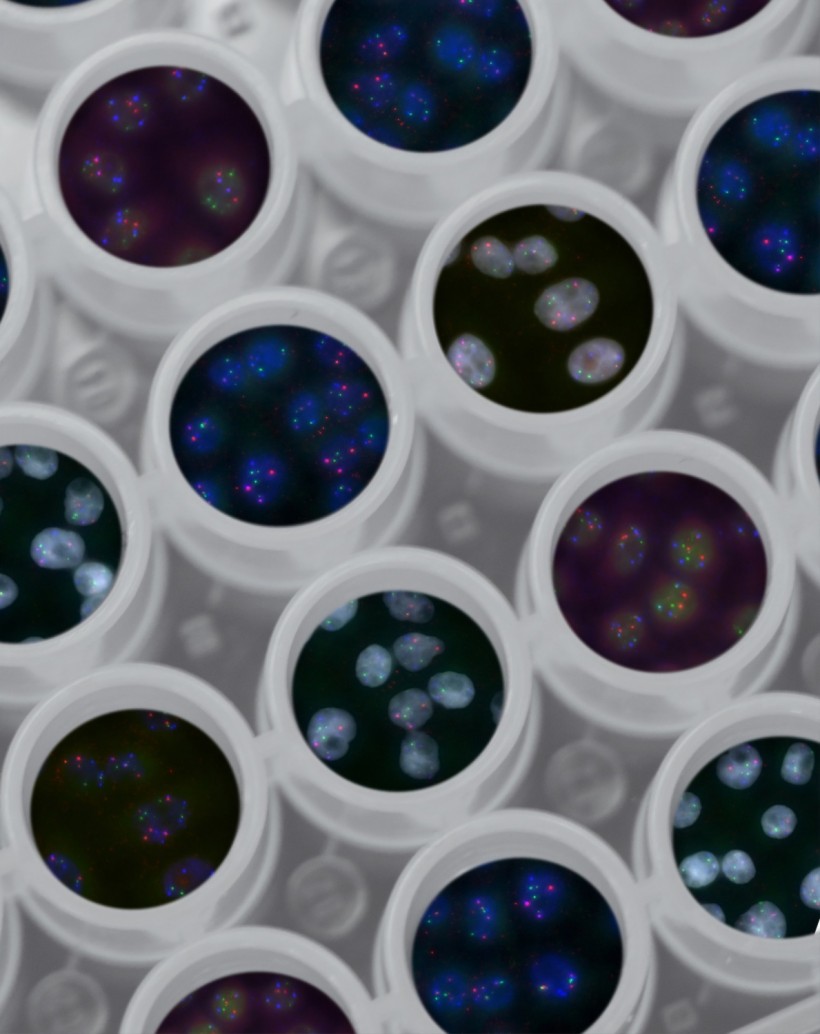A group of researchers from Berkeley Lab's Department of Energy has experimented on the duration of exotic nuclei's decay.
According to the latest study, the research will open more doors for other areas to explore regarding the study of nuclei and their potential.
Exotic Nuclei Decay Experiment

(Photo : National Cancer Institute from Unsplash)
Per Phys.org, the researchers treated the first experiment that is going to be "exciting" and "mind-blowing" in the coming years. They highlighted that it is expected to become 400 times more powerful as time goes by.
Several scientists from ten institutes and laboratories participated in the initial test. First, they made use of various isotopes from different elements.
The main highlight of the first experiment is the unstable isotopes near the "drip-line." A drip-line is described as an area where the neutrons won't be able to bind with the nucleus. The scenario mimics how the water drips off from the sponge. The same thing happens with neutrons.
Furthermore, the scientists fragmented calcium-48 nuclei at a very fast rate. It was smashed at 60% of the speed of light into its target.
Note, some isotopes were isolated from the rest and put into a detector for measurement. At this point, the scientists began to measure the decay period of the exotic nuclei.
Related Article: This Novel Imaging Device Can Study Fruit Fly, Human Cell Nuclei
The Results of the Experiment
Following the first experiment, the researchers noticed that half-life measurements, which are also used in carbon dating, are important in measuring short-lived particles.
"This is a basic science question, but it links to the bigger picture for the field. Our aim is to describe not only these nuclei but all kinds of nuclei. These models help us fill in the gaps, which helps us more reliably predict things we haven't been able to measure yet," Berkeley Lab physicist Heather Crawford said.
Crawford believes that the team will unveil new findings when they launch another experiment about isotopes in 2023. For now, the group will focus on searching for answers about the isotopes near the drip line, as well as utilizing the instruments in the facility.
Aside from the Berkeley Lab, several institutions such as the University of Tennessee Knoxville (UTK), Oak Ridge National Laboratory (ORNL), Los Alamos National Laboratory, Mississippi State University, Lawrence Livermore National Laboratory, Louisiana State University, Brookhaven National Laboratory, Florida State University, and Argonne National Laboratory or ANL.
To view the full study entitled "Crossing N = 28 Toward the Neutron Drip Line: First Measurement of Half-Lives at FRIB" by HL. Crawford et.al, visit Physical Review Letters for more information.
Speaking of nuclei, Science.org reported last month that scientists from RIKEN Nishina Center for Accelerator-Based Science in Japan have successfully developed a small tinge of sodium-39 nuclei.
Before the big discovery, the team experimented with the particle accelerator three years ago. This year, they made a huge improvement in using longer beam time and higher beam intensity.
Read Also: This Houseplant Can Clean the Air Better than Air Purifiers
This article is owned by Tech Times
Written by Joseph Henry
* This is a contributed article and this content does not necessarily represent the views of techtimes.com





